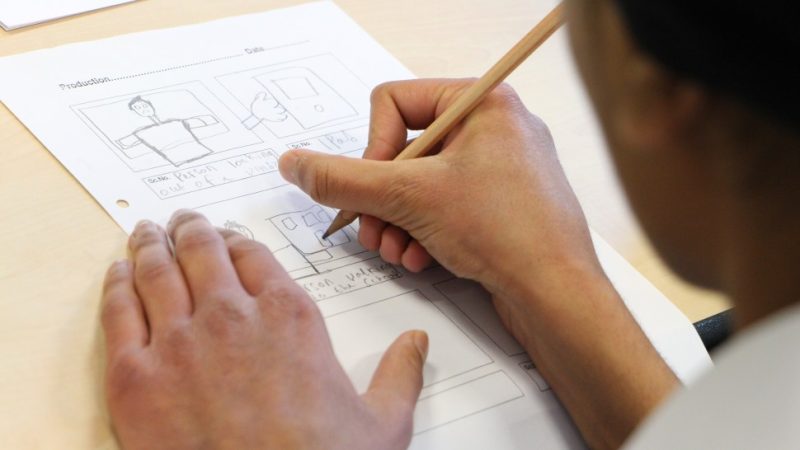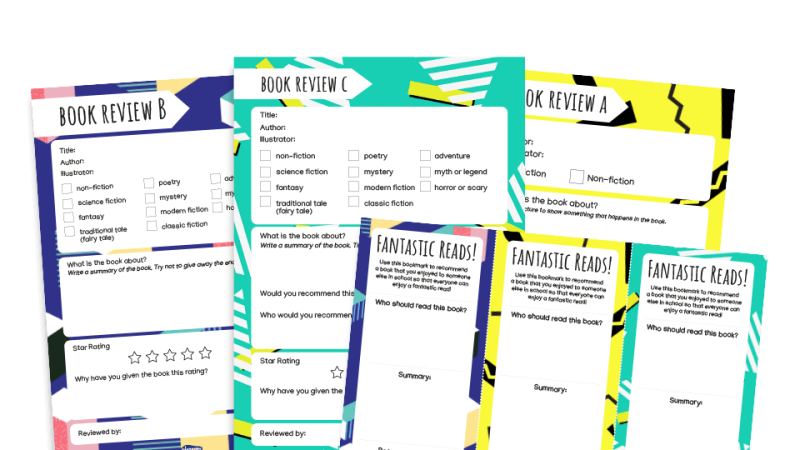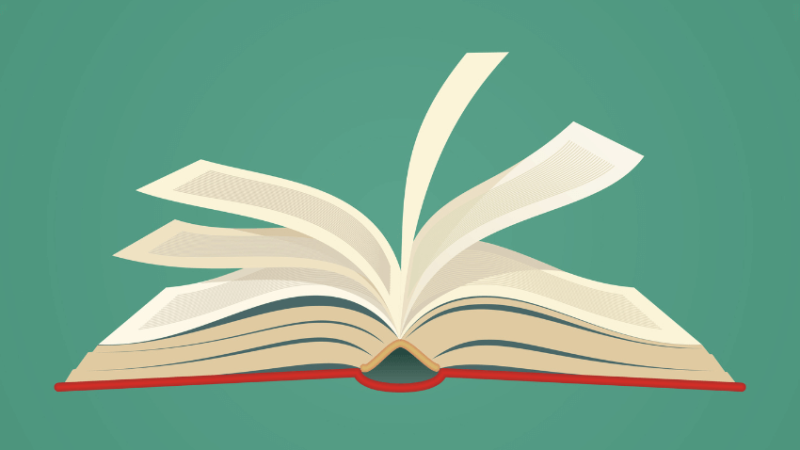International Literacy Day – Best 2024 resources for KS1 and KS2
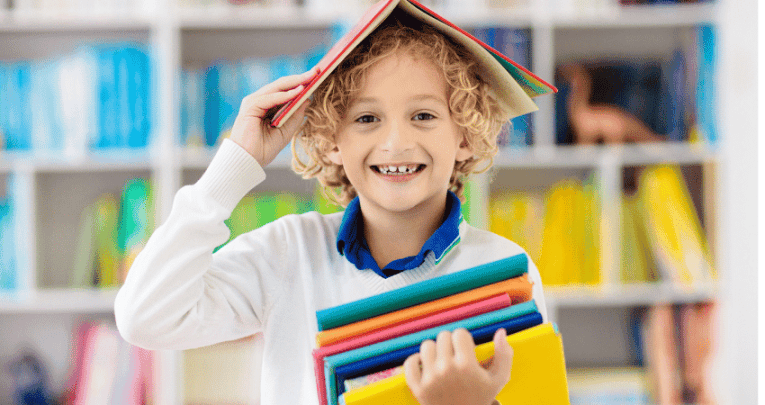
Get ready to celebrate this incredible global event in your school come September…

- by Teachwire

When is International Literacy Day?
Something incredible happened in 1966. No, not that football thingy. UNESCO officially proclaimed 8th September to be International Literacy Day.
What is International Literacy Day?
The aim of International Literacy Day is to actively promote literacy as an instrument to empower individuals, communities and societies. It also serves to remind us all of the importance of literacy as a matter of dignity and human rights.
As its name suggests International Literacy Day is celebrated worldwide, bringing together governments, organisations, communities, teachers and learners.
The world may have changed since 1966 (we’re notably less good at that football thingy now) but the event goes from strength to strength. There was a conference in Paris on 8th September 2023, where the winners of the UNESCO International Literacy Prizes were announced.
Make sure to follow #LiteracyDay on Twitter for updates and ideas. But first, let’s look over a selection of resources to use in your classroom in the new school year.
What is the theme for 2024?
The theme for 2024 hasn’t been announced yet, but the theme for 2023 was:
‘Promoting literacy for a world in transition: Building the foundation for sustainable and peaceful societies’.
How to celebrate International Literacy Day
Pie Corbett Ultimate KS2 Fiction Collection

Get KS2 pupils’ imaginations going with our exclusive collection of 16 fictional stories by literacy expert Pie Corbett. Each story contains a Powerpoint and a PDF lesson plan. This shows you how to work with the story and encourage pupils to pen their own version.
Classic texts KS2 reading comprehension packs
Plazoom’s reading challenge mats provide a quick burst of comprehension practice. They’re ideal for morning work, a short reading session or even sparking an interest in a classic text.
Each mat contains a brief extract from a classic text. There’s also a range of reading challenge questions focusing on the key reading skills of:
- inference
- information retrieval
- use of language
There are three packs available, each of which use three classic texts:
- The Invisible Man by HG Wells, A Christmas Carol by Charles Dickens and The Adventures of Tom Sawyer by Mark Twain
- Kidnapped by Robert Louis Stevenson, Oliver Twist by Charles Dickens and The Time Machine by HG Wells
- Alice’s Adventures in Wonderland by Lewis Carroll, Dracula by Bram Stoker and The Hound of the Baskervilles by Arthur Conan Doyle
All aboard the Story Express
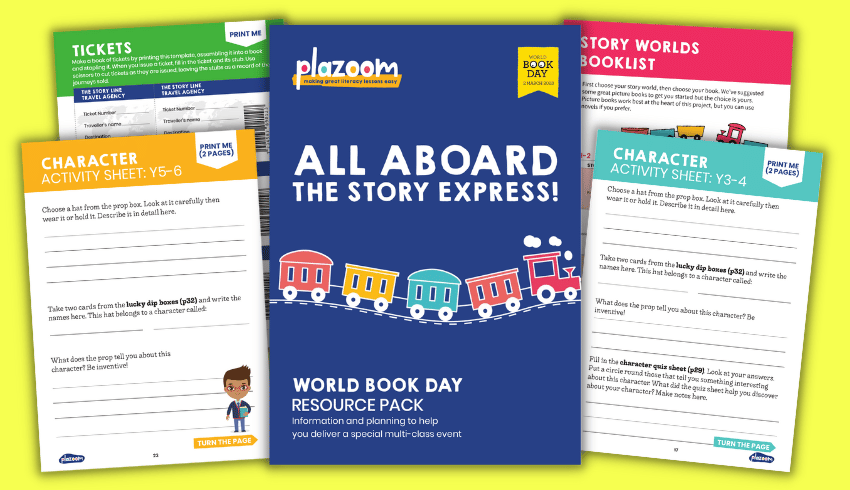
Although originally created as a World Book Day activity, this lovely free whole-school resource pack would be perfect for International Literacy Day.
Each lesson is packed with fun activities and will take between half a day and a full day to deliver. The lessons involve exploring book characters, settings and story worlds by sharing a picture book together and talking about it.
Paddington Bear whole school resource pack
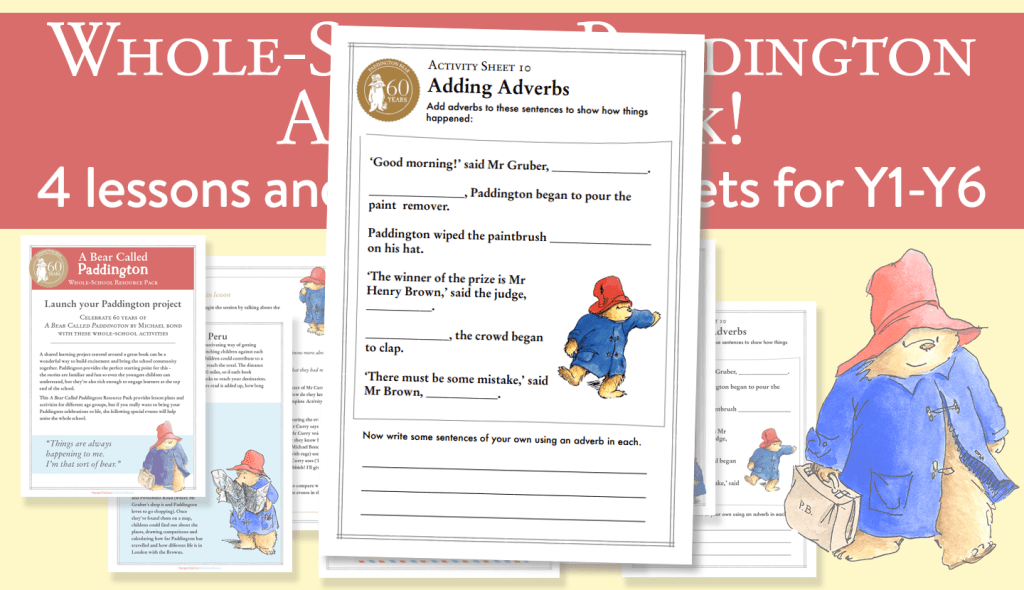
This free teaching pack is packed with ways to teach English at KS1 and KS2 while celebrating Michael Bond’s wonderful Paddington Bear books. Each of the four lesson plans are accompanied by a selection of activity sheets, making everything super simple for you.
Creative writing prompts
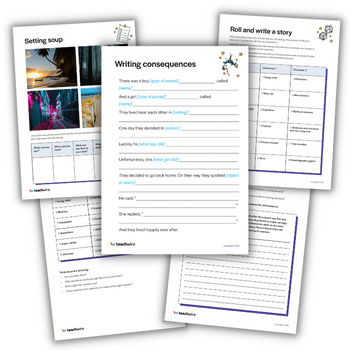
These speedy and fun writing prompts take less than ten minutes. This makes them great for fitting in to small gaps in your school day.
Show, not tell, with a wordless picture book
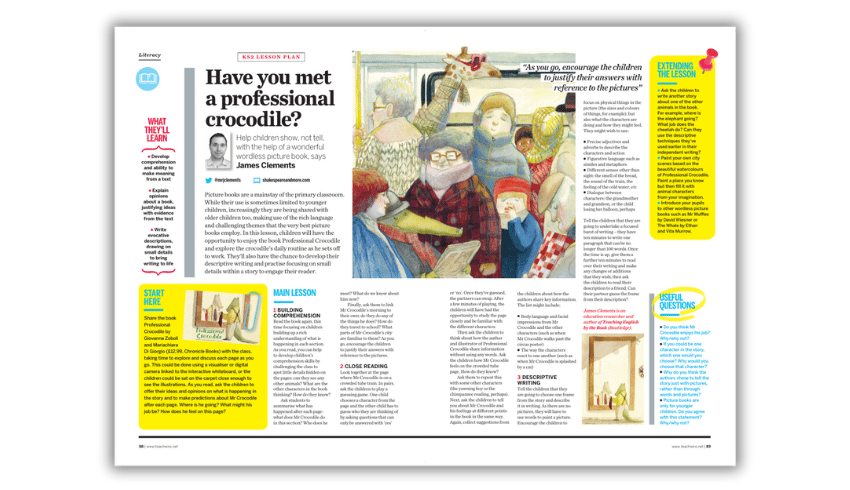
You might not have considered using picture books in your KS2 classroom. However, they’re an excellent way to develop comprehension skills and improve pupils’ creative writing. This KS2 lesson plan focuses on the book Professional Crocodile by Giovanna Zoboli.
Reading for pleasure transition activities
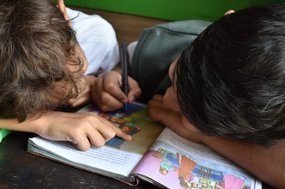
As International Literacy Day takes place at the start of the new school year, it’s the perfect time to embed reading for pleasure as part of everyday life at school and at home.
To help you welcome pupils back to school and settle them into the classroom, the National Literacy Trust has put together a range of transition activities that will kick-start your year with reading at its heart.
The download contains:
- Quick-fire ice breakers
- Easy-to-deliver reading for pleasure activities
- Suggested read with discussion questions
18 creative ways to teach phonics
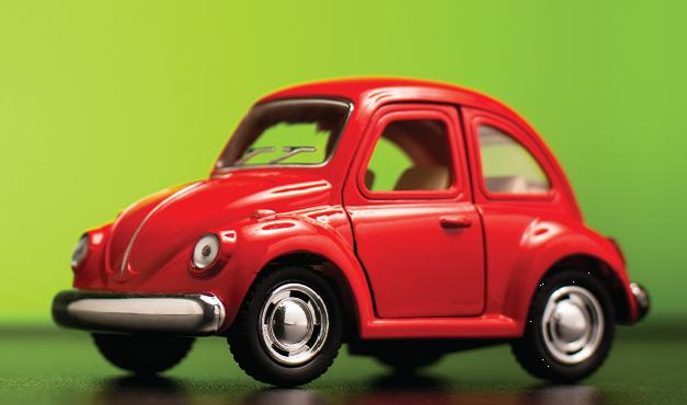
Author and trainer Isabella Wallace explains how to play your way to better reading and writing in the Early Years and KS1…
For us teachers, it can be hard coming up with a host of different ways to teach the same aspects of literacy, day after day, without draining all the joy out of the darn thing.
So here are a number of practical ideas to let these skills become synonymous with playtime. You may even like to have some of these activities permanently set up so that children can ‘magically’ make progress in their reading and writing during free play or golden time.
1 | The alphabet chase
Set out the initial sounds you’ve taught the children and want them to revise. Children must race to find objects that begin with a particular sound, and then place them on the correct letter(s).
This activity works well outside – where children can look for natural items – or even in a school hall, to blend literacy with PE.
2 | Pick a pocket
For a variation on the above idea, create a classroom display by fixing a small plastic wallet next to each letter of the alphabet. Ask children to bring in items beginning with those letters that can be placed into the transparent pockets.
This is a display that can be constantly changed and grown. You can even use it for all those little things children find outside at playtime!
3 | Twisty eggs
Use hollow plastic eggs to teach Consonant-Vowel-Consonant words. Write consonants all around the rim of the larger half and then a vowel-consonant pair (“at”, “ar”, “en”, etc.) against the rim of the smaller half.
Children can then put the halves together and twist one side around to explore different CVC words.
4 | Lego word building
Write on the bricks with a permanent marker. You can write individual letters so that children can practise building words, or whole words to build sentences. You might even ask children to fix all the verbs or nouns together.
5 | Whack-a-word
Write phonemes or words on balls of modelling clay with a felt tip pen. Call out a word, sound or relevant question and the children must squish the corresponding ball as fast as they can.
6 | Park it
Have children draw out a map of a car park and write a word or phoneme in each parking space. Call out an instruction that requires children to steer their toy car to park on the correct answer. This activity can also be done in pairs – with one child being the driver and the other being the sat nav.
7 | Swatting up
Place some flyswatters and a large example of text (such as a newspaper page) on each table. Call out particular types of words or sounds for children to swat. Ask for feedback from each table.
8 | I-Spy bottles
Help the children to fill clear plastic bottles or tubs with dry rice and a selection of random miniature items. Allow them to shake up the container and, in pairs or groups, they can play “I spy with my little eye, something beginning with…”.
This resource presents a great opportunity for practising initial sounds and can be taken home to play with a parent or carer.
9 | Target practice
This is another great one for bringing literacy into PE lessons. Call out relevant words and let children aim soft sponge balls at those words, which are displayed on the wall.
Alternatively, you can display the whole alphabet and ask the children to spell out a word, shot by shot.
10 | Sound hunts
Give every child a paper plate with his or her name in the middle and the alphabet cut in tabs around the outside. Take the children outside and ask them to spot objects that begin with those sounds. Each time they spot an object, they fold down the relevant letter.
Back in the classroom, you can discuss what the children saw and which letters they turned down. Are there any letters that no one found? Are there more common initial sounds that everyone found ideas for?
11 | Messy writing
Make writing exciting by allowing children to practise letter shapes with their fingers in a variety of different ingredients. Try sand, shaving foam, chocolate spread, salt, flour, etc. This type of activity is also fun to set for homework.
12 | Easy-peasywater- squeezy
On good weather days, take children outside with squeezy water bottles to practise their letter formation on a grand scale. This really makes children think hard about each letter’s direction and shape.
13 | Puddle jumping
Cut puddles out of card and place them on the floor with a word or letter written on each. Ask pupils to jump on the word you call out, or answer your question by building a sentence with their jumps. They might also spell out words by jumping on a sequence of letters.
14 | Paper chains
Let children make their own paper chains to explore how letters link to make words, how words link to build sentences or how ideas link to build a narrative.
15 | Connect 4 (or 3, or 5, or 6…)
Use old versions of this popular game to allow children to spell out words together. Simply use a permanent marker to write a letter on each token.
16 | Send me a letter!
Place a selection of toy cars on every table. You will also need some wooden clothes pegs with a letter of the alphabet written on each. One child calls out a letter and rolls a car to the child sat opposite him. The child receiving the car must find the right letter as quickly as possible, peg it to the vehicle and send it rolling back to the first child.
17 | Model behaviour
Help children to really consider and remember the shapes of the letters you’re teaching them by asking them to form them using different materials. Try modelling clay, dry pasta or beans, sticks and stones, grass or tin foil.
18 | Hand golf
Use paper cups and polystyrene (or ping pong) balls to help the children have fun categorising different words. Write the categories on the cups. On the balls you can either write words or draw (or stick) pictures.
Line up the cups and have the children toss the balls into the correct containers. You might use this activity to match pictures with the appropriate initial letter, categorise words into the different parts of speech or simply differentiate between positive and negative words, singular and plural, past and present.
Isabella Wallace is co-author of the best selling teaching guides Pimp Your Lesson and Talk-Less Teaching, as well as the ‘Best of the Best’ series for teachers. Well known for her highly popular CPD events, she presents nationally and internationally on outstanding teaching and learning.







